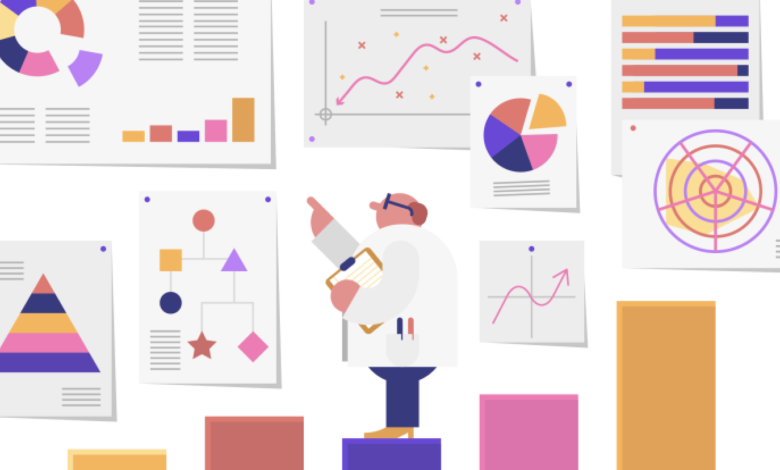
Artificial intelligence (AI) and machine learning (ML) technologies have been on a blistering growth path for the last few years. The recent announcements from OpenAI about GPT3 and its ChatGPT implementation heralded a new era in the evolution of the field. This growth will no doubt continue in 2023. While it’s clear all industries will experience a dramatic impact, some of the most exciting recent applications for AI and ML are in the area of Natural Language Processing, which is directly connected to the translation and localization industry. Here are five ways these technologies will shape the language industry this year.
1. Demand for MT post-editing services will increase
With the advent of Neural Networks and even more so Deep Learning, the evolution of artificial intelligence and machine learning, particularly in Natural Language Processing, has been impressive. As a result, the quality of neural machine translation (NMT) output has improved exponentially. Demand for MT has followed suit.
Fears that these technologies will eliminate the need for human translators in the short and medium term are vastly overblown. Despite multiple statements to the contrary, evidence shows that MT has not yet reached human parity, and there will still be a need for human involvement for some time to come to compensate for AI deficiencies. The modern day example for the AI-powered translation process is “human-in-the-loop,” which relies on human review and correction of MT errors.
The need for human review is even more apparent when we examine how MT performs on a per-language basis. Languages with complex grammatical structures and under-resourced languages (i.e., language without a vast dataset to draw from) will not derive the same benefit from AI. This is because even the state-of-the-art multilingual models require large amounts of training data and tuning for language detail that rely heavily on context.
Rather then being wholly replaced by MT, it is more likely that the translator’s role will shift. Requests for translators to complete tasks such as MT post-editing (MTPE), AI output validation, AI prompt engineering, and the development of multilingual data sets for AI applications will increase. Thus, requests for human translation and editing services will be reserved for high-stakes content, such as a marketing campaign or creative writing that’s rich in literary styles, such as metaphors, humor, and euphemisms.
2. Project management will give way to program management
The translator’s role won’t be the only one to experience a shift away from the status quo. AI-powered predictions and workflow decisions can already do most of the work when it comes to day-to-day tasks of the translation workflow. In 2023, we will see advancements and refinements to these processes that will enable AI technologies to shoulder even more of the load.
Project managers will, therefore, see their daily work responsibilities change. Selecting the most suitable resources, coordinating job assignments, ensuring on-time deliveries, and managing project-related risks will become less of a focus. Instead, project managers will have data-driven decisions made for them by AI, so they will be freer to focus on the bigger picture. In other words, they will be able to take on more strategic or tactical roles within companies and ensure that the projects they oversee drive business objectives forward. Knowledge of the fundamentals of data analysis will become essential for their day-to-day work.
3. Diversity, equity, and inclusion initiatives will gain traction
Gender, age, racial, ethnic, religiousand other biases — and how language helps to reinforce those biases — have increasingly become a key area of focus equally within the AI space, and in the translation industry in general. Companies and translators alike are prioritizing inclusive language and making efforts to avoid sensitive content.
However, the desire to leverage AI in localization projects presents a few potential roadblocks to achieving that aim. Namely, state-of-the-art generative AI models (also known as Large Language Models or Foundational Models), as well as Machine Translation models, are trained using historical data, where examples of non-inclusive or biased language and cultural phenomena are plentiful — and often are very complicated to address. Gendered grammatical structures underpin many languages. Even languages without gendered grammatical structures can have non-inclusive associations and use language that reinforces gender, racial, and other negative stereotypes.
Therefore, in 2023, there will be more emphasis on designing AI algorithms and modifying or increasing data sets to counteract the effects of non-inclusive language and concepts, and encourage inclusivity. This applies equally to Natural Language Processing and other content formats, such as images, speech and video. In addition, we will see advancements in identifying sensitive content and flagging or correcting it using AI.
4. AI will make great strides with multimedia and mixed-media formats
According to an April 2022 report from Fortune Business Insights, the video streaming market will enjoy a compound annual growth rate of 12.1% from 2020 to 2028 and swell to a value of over $932 billion by 2028. As consumption of video and other multimedia content increases, so will the interest in closed-captioning and subtitling services — particularly for businesses looking to expand into new markets and reach global customers.
Of course, scalability and cost are an on-going challenge. And that presents a huge opportunity for AI-powered services.
Text-to-speech — or vice versa, speech-to-text (also known as automated speech recognition) — capabilities have improved steadily in recent years; most notable was the release of Whisper by Open AI, which was trained on 680,000 hours of multilingual and multitask supervised data collected from the web. We are likely to see speech recognition improve by leaps and bounds in 2023. Text-only services will very soon give way to multimedia and mixed-media services. In addition, AI-powered closed-captioning and subtitling service offerings will increase in quantity and quality. We also expect the adoption of automated voice generation to go up as the quality of synthetic speech is increasing exponentially.
5. Demand for language services around Conversational AI will accelerate
The global economy is navigating challenging times. As a result, many companies are looking to do more with less. To streamline high-quality customer support and, at the same time, work within budgetary constraints, these companies have increasingly turned to chatbots and virtual assistants. This is another area in which natural language processing and machine translation will play an integral role.
The demand for and reliance on more sophisticated AI-powered chatbots will only grow in 2023. In addition, as businesses expand into global markets, they will require language services related to this growing segment: e.g., building datasets for multilingual chatbots, training machine translation engines to address the needs of conversational AI and customizing interactions with the likes of GPT3 (referred to as “prompts”) to power the chatbot-to-customer dialog.
There is a handful of other applications of Natural Language Processing, such as summarization, sentiment analysis, and multilingual personalization, among others, that we predict to be gaining prominence in 2023.
At its core, localization is about making communication frictionless and creating native experiences that resonate with audiences worldwide at scale. Many of the most exciting applications of AI-powered technologies share that same goal. Moreover, it’s clear that most, if not all, of these applications will have a multilingual component, setting the language services industry up to play a pivotal role in AI development initiatives in 2023 and beyond.



